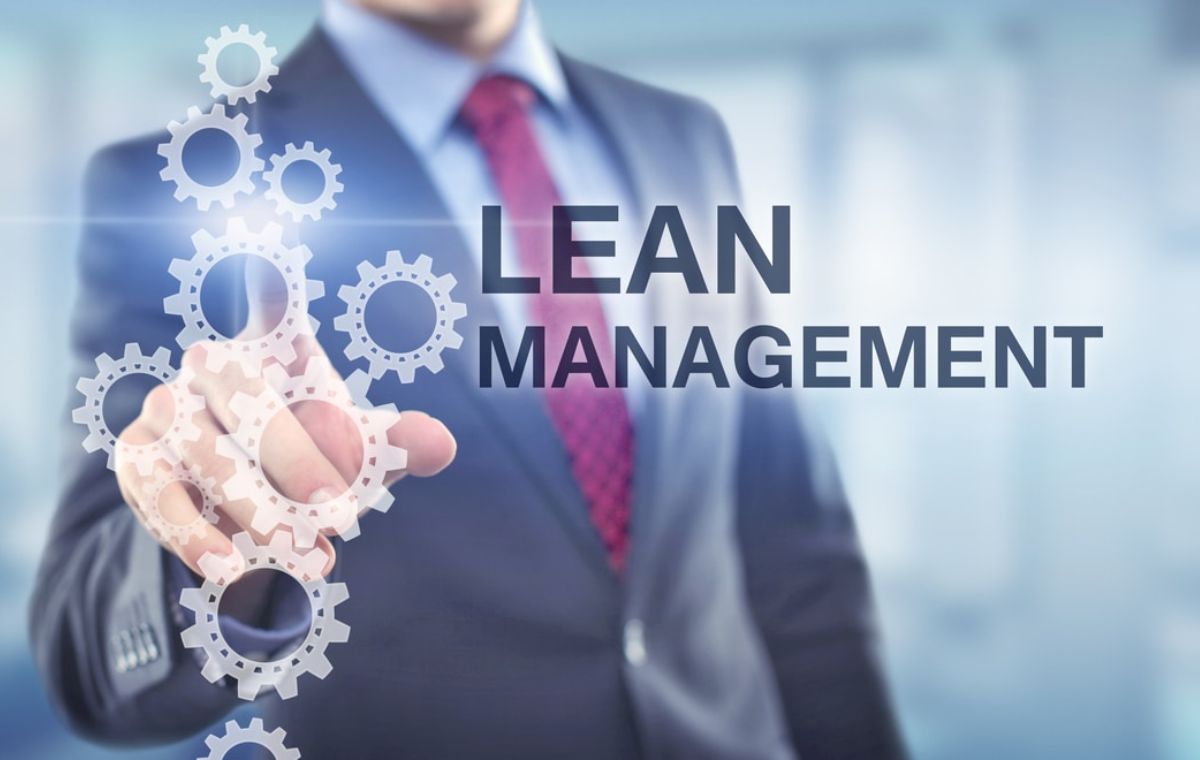Lean management principles have proven to be a successful approach for managing teams. The fact that the method is simple to comprehend and quick to make an impact when correctly implemented has played a significant part in this.
1. Identify Value:
To create the groundwork for a Lean process, you must first determine the value of the team’s effort. It would help if you differentiated between value-adding and waste operations. Everyone must be on the same page about it.
Consider the outcome of your work and what your customer receives from it to determine what Value is. Value is defined as anything that your consumer pays you for. On the other hand, some teams are not directly providing Value to the company’s customers but rather are boosting the overall value that the business offers (e.g., QA teams).
The customer in this scenario is your business. The quality assurance team’s work value, for example, is the number of bugs they catch, ensuring that the entire company delivers a valuable product to the end-user.
There are seven categories of waste identified by Lean. There are two types of waste activities: pure and required. The primary distinction is that some waste operations must support value-adding activities, whereas pure waste activities only hurt the Lean workflow.
Quality assurance is the brightest example of a necessary waste to return to the software development example. It doesn’t provide immediate value to the final user, but it ensures that the Value of the development process is preserved.
2. Map Value Stream:
That’s why it’s critical to map your team’s path to the client after you’ve defined the value it generates.
Although visualizing your workflow in this manner is a fantastic start, you should consider more carefully mapping your process by specifying the steps that make up each stage. A “Requested” stage, for example, could have two stages: order received and ready to begin. The phrase “in progress” usually refers to the stage with the most steps.
In the context of software development, processes such as technical design, development, testing, and at least several review stages are standard.
To establish lean management principles, focus on value-adding stages while mapping your value stream for the first time. As your process develops, make sure to correct it regularly.
3. Create Flow:
Flow is a crucial notion in the Lean world. Because waiting is a waste of time, your goal when developing a flow of Value is to assure smooth delivery from the minute you get an order to the moment you give it to the consumer.
Bottlenecks in your process are a crucial hindrance to creating a fluid flow. It would help if you watched how tasks proceed through your workflow as a manager. Keep a close eye on where tasks become stuck so you can investigate why they are stalled. A lack of capacity can cause bottlenecks at a given point in the process or by waiting on external stakeholders, among other things.
The review stages are one of the most typical bottlenecks in any process. Most of the time, the persons examining work items are fewer than those who submit them, and the reviewers frequently grow overloaded.
It’s critical to eliminate bottlenecks in your process if you want to have a smooth, Lean flow. If you can’t eliminate bottlenecks, make careful to keep any that exist from becoming clogged.
Limiting the quantity of work your team can work on simultaneously is an easy method. With this in mind, you should discuss the topic with your team and agree on acceptable WIP limits to aid their efficiency.
4. Establish Pull:
The fourth lean management principles urge us to establish a pull system after establishing a workflow. The concept is simple: only take on new work when there is a demand for it, and your team has the resources. Your goal should be to produce only the value your clients require while avoiding overproduction.
Let’s look at how assignments are handled in a pull system against the traditional push approach to see what we’re talking about.
Someone, usually a management or team leader, gathers the tasks that must be completed and distributes them among the team members. Work is just put onto those who will be performing it.
The jobs that must be processed are stored in a queue in a pull system. The folks who do the work take the assignments and begin working on them.
Your goal as a Lean organization is to provide value to your consumers in the most efficient way possible.
Your tasks cycle time is the amount of time your team is actively working on completing them, whereas throughput is the number of tasks you complete.
5. Seek Constant Improvement:
These lean management principles are strongly related to continuous improvement, a critical component of Lean management.
Your goal is to continuously enhance every process in your team by focusing on improving the activities to provide the most value to your customers while eliminating as many waste activities as feasible.
Continuous improvement can be accomplished using Plan-Do-Check-Act (PDCA), which is more of a mindset that you must instill in your team.
If you are a typical manager who prefers to be in charge of every action and micromanage even the most minor chores, you may need to rethink your approach and establish a shared leadership model.
Continuous improvement can only happen if everyone on your team takes responsibility for their work. When they can’t even handle the most straightforward problems independently, this can be not easy. Increase your faith in their knowledge and independence over time as their performance improves.
Of course, this does not imply that you should leave your team members to their own devices. Holding a daily stand-up meeting, where you can have people accountable, is an excellent Lean/Agile technique to implement.
Conclusion:
In addition to executing each of the five Lean management principles, you’ll be responsible for educating your team and helping them understand why each one is vital, intending to embrace them as a culture.













































